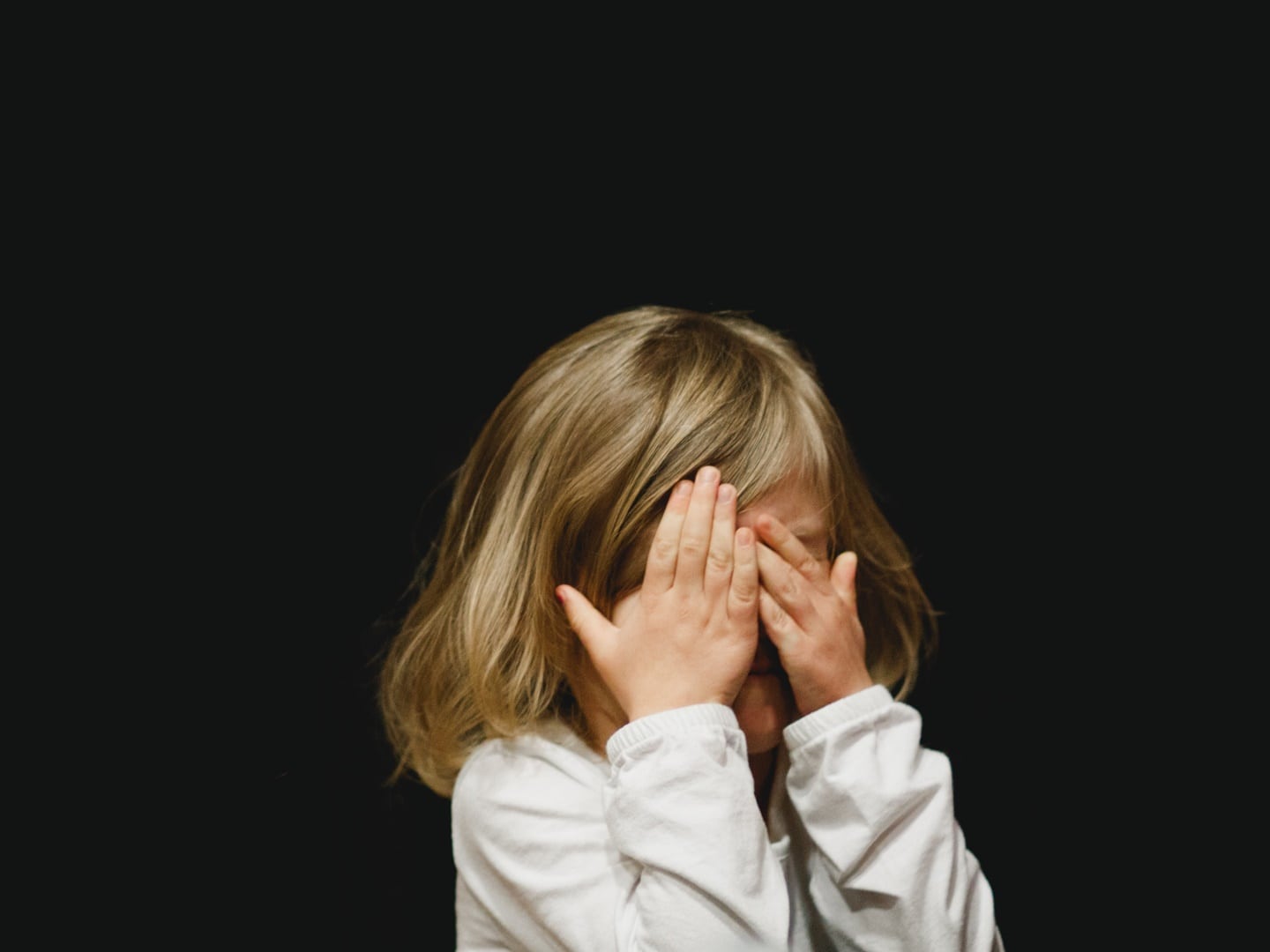Clinical Psychologist Celia Dean offers some insight into how parents might manage anger in their children.
Anger is usually about having an unmet need. The child either wants something or is trying to avoid something. It’s a normal human emotion that we all feel from time to time. It may not be the most comfortable feeling to sit with or witness but it can help spur us into action but what we do with those angry feelings and how we behave as a result is what really matters. Is it productive or destructive?

None of us are perfect and I’m sure we can all think of examples when we have been angry and reacted in a way that we are not best proud, maybe it was a road rage incident or shouting at spouse for some misdemeanour or losing our temper at the kids over something that wasn’t their fault. Whatever the incident, we might later reflect and wish we’d handled it better. We’ve all been there! I mention this because throughout our lives we continue to learn how best to manage our feelings and regulate our reactions to life’s frustrations and annoyances. It’s a process and our children are at the very beginning of learning this skill. So in the same way they needed our help to learn to brush their teeth or write their name, they also need our help in learning how to manage their feelings. And angry feelings can feel very big and scary.
So where to start?
Managing our own emotions
When faced with a child exploding with rage I’m aware my reactions can make or break the situation. I know I react very differently depending on how I’m feeling. Things like how much sleep I’ve had, how hungry I am, and my general mood have an impact on how patient (or impatient!) I am. However, as a grown-up, I’m aware it’s my job to restore calm and help them through the turmoil and if I get angry too I will only make the storm worse. Anger can feel very contagious in the moment and and if we get drawn into the “anger pit” with our child we won’t be able to think clearly wither. If we stay a calm presence (easier said than done I know!) this helps our child feel safe with their big emotions and they learn that upsetting feelings are not so scary.
Be preventative
Many children struggle to put into words how they feel and act it out by kicking, screaming, swearing, throwing things. If we can create a culture at home where feelings are talked about openly, we’ll likely reduce frustrations building up. Creating a feelings poster (or download from internet) can be helpful as this builds a better understanding of how they’re feeling in the moment and helps children learn to express themselves.
Create time to talk with your child (when they are calm) about how best to help them when they get angry in the future. Be sure to stress that all emotions are acceptable but be clear in advance about what behaviours are not going to be tolerated, eg hitting, kicking or breaking things.
Timing is key
When a child is extremely angry this is absolutely not the right time for logical reasoning or explanations, however tempting. When we’re in a state of high emotional arousal, the emotion centre of the brain is activated and we lose access to the rational thinking part of the brain so we can’t process information in the same way as when we’re calm. So for our children in the midst of a meltdown, this is not a teachable moment as they’ll be unlikely to be able to hear the voice of reason. This is the time for us to practice some slow breathing to remain a calm presence and keep talking to a minimum.
Trying to understand my child’s feelings
We all like to feel understood and children are no exception, especially when they’re experiencing big, scary feelings. Empathising with them allows them to feel heard, which in turn will help them to calm. However, it’s also important to mention that even though anger might be what we’re seeing in the heat of the moment, it is often not the main emotion fuelling the outburst. Behind the anger might be sadness, shame, fear, confusion, rejection, jealousy, helplessness to name just a few feelings that might be causing the reaction. Anger may be easier for children to express than these more vulnerable emotions. I know if I can understand why my child’s behaving a certain way, then I immediately begin to feel compassion for them, which builds understanding and closeness and I’m then in a position to help them through the situation.
So, if I can sum up in a sentence how best to help an angry child:
Don’t ever be afraid of talking about feelings and always take a couple of slow, deep breathes to calm yourself before acting.
Helping children to manage their anger is often one of the biggest parenting challenges but childhood is the perfect time to help them develop skills to cope with life’s inevitable frustrations. Remember we too are still learning, be patient with yourself as we are doing our best. There’s bound to be another opportunity to practice again soon!
If you’d like to continue to think about practical ways of helping children with their anger then please contact us at info@kidsmatter.org.uk. And for more on our IMPACT, visit our website.